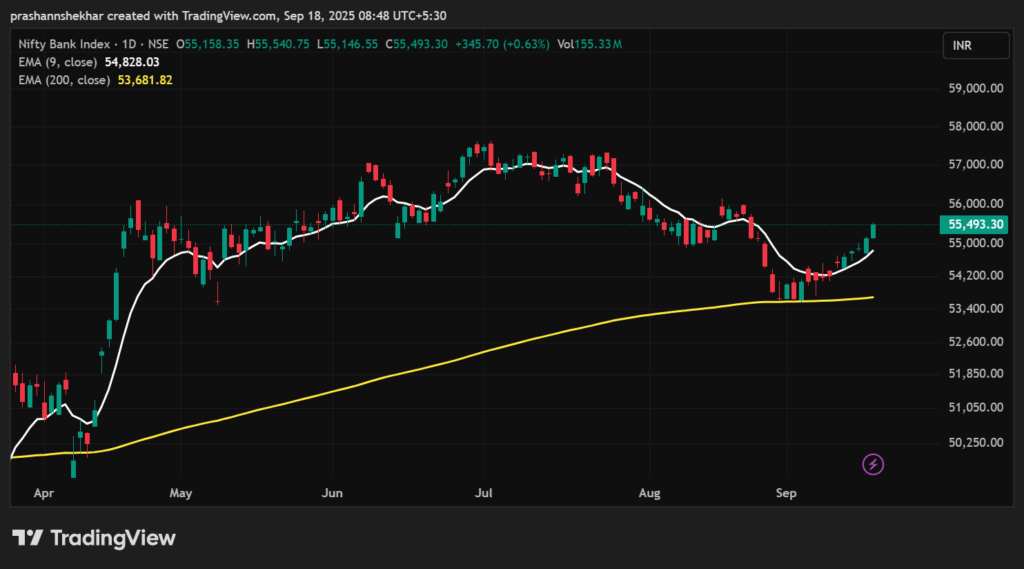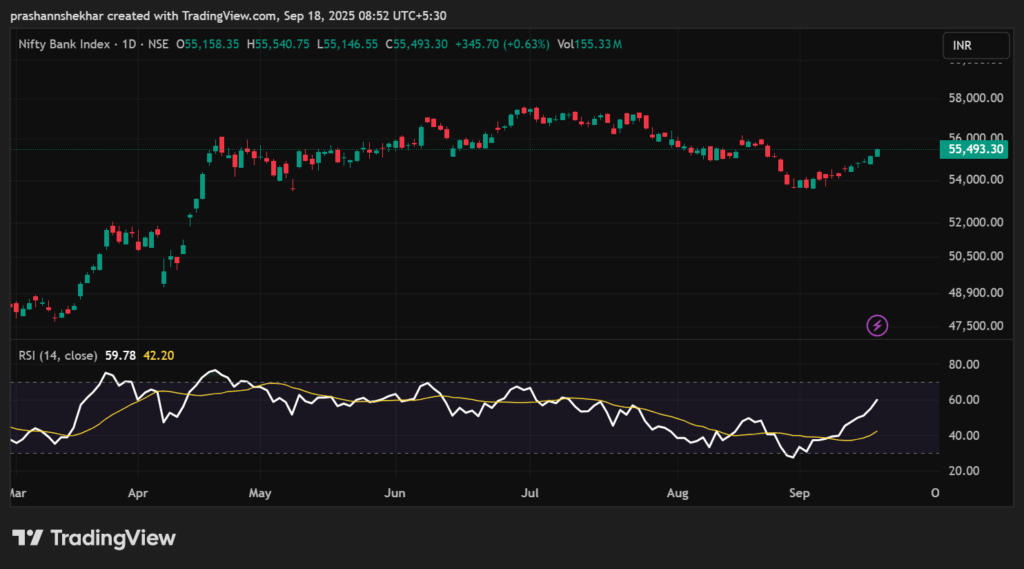📌 Introduction
Have you ever wondered why stocks often bounce back or reverse at certain price levels? It’s not magic — it’s Fibonacci Retracement at work.
Based on the famous Fibonacci sequence, this tool is one of the most widely used in technical analysis. Traders use Fibonacci retracement levels to identify potential support and resistance zones, making it a must-know concept for both intraday and swing traders.
🔹 What is Fibonacci Retracement?
Fibonacci Retracement is a technical tool that plots horizontal levels on a chart, based on the mathematical ratios derived from the Fibonacci sequence.
The most commonly used Fibonacci retracement levels are:
- 23.6%
- 38.2%
- 50% (not a Fibonacci number, but widely used)
- 61.8% (the “Golden Ratio”)
- 78.6%
👉 These levels act as support in uptrends and resistance in downtrends.
🔹 How to Draw Fibonacci Retracement
- Identify the swing high and swing low in the trend.
- Select the Fibonacci tool from your charting platform (e.g., TradingView).
- Draw from swing low to swing high (in an uptrend).
- Levels below act as possible support.
- Draw from swing high to swing low (in a downtrend).
- Levels above act as possible resistance.
💡 Example: If a stock rises from ₹100 to ₹200, and then starts correcting:
- 38.2% retracement = ₹161.8
- 50% retracement = ₹150
- 61.8% retracement = ₹138.2
🔹 How Traders Use Fibonacci Levels
1. Finding Support and Resistance
- Price often respects Fibonacci levels during pullbacks.
- Traders look for entries near 38.2% or 61.8% retracements.
2. Trend Continuation Strategy
In an uptrend:
- Wait for the stock to retrace to 38.2%, 50%, or 61.8%.
- Enter long if price holds these levels.
In a downtrend:
- Wait for a retracement upward.
- Short if price rejects near the Fibonacci resistance.
3. Confluence Trading
Fibonacci works best when combined with other tools.
Examples:
- Fibonacci + Moving Averages: If 50 EMA and 61.8% retracement align → strong support.
- Fibonacci + Candlestick Patterns: A bullish engulfing candle at 50% retracement → high-probability buy.
- Fibonacci + Trendlines: If the Fibonacci level coincides with a trendline, it becomes more reliable.
4. Target Projection
Many traders also use Fibonacci extensions (161.8%, 261.8%) to set profit targets after a breakout.
🔹 Advantages of Fibonacci Retracement
✅ Easy to plot and widely used.
✅ Helps identify natural support and resistance zones.
✅ Works across intraday, swing, and positional trading.
✅ Powerful when combined with RSI, MACD, or Volume.
🔹 Limitations of Fibonacci Retracement
❌ Subjective — different traders may choose different swing highs/lows.
❌ Levels are not guaranteed — price may ignore them.
❌ Should never be used alone; confirmation is a must.
📊 Conclusion
Fibonacci Retracement is one of the most reliable tools for predicting market pullbacks and continuations. By marking key retracement levels like 38.2%, 50%, and 61.8%, traders can identify high-probability support and resistance zones.
👉 But remember: Fibonacci should always be combined with other indicators, price action, and risk management.
📌 Disclaimer: This blog is for educational purposes only. ArthVed 9X is not a SEBI-registered advisor. Please consult your financial advisor before making investment decisions.


